Our Underwater cameras are made for professional usage and to view underwater areas such as off shore mining rigs hulls of ships and various other underwater activities that need live viewing for the task at hand. Our range of Underwater Cameras have a range of 30-100 Meters underwater which can be attached to a LCD screen for viewing the activity underwater it is needed for. Our cameras have excellent picture quality with a advanced design with decompression compartment for suitable operation under water. Contact Security Wholesalers for more information
Clean Water Running Down
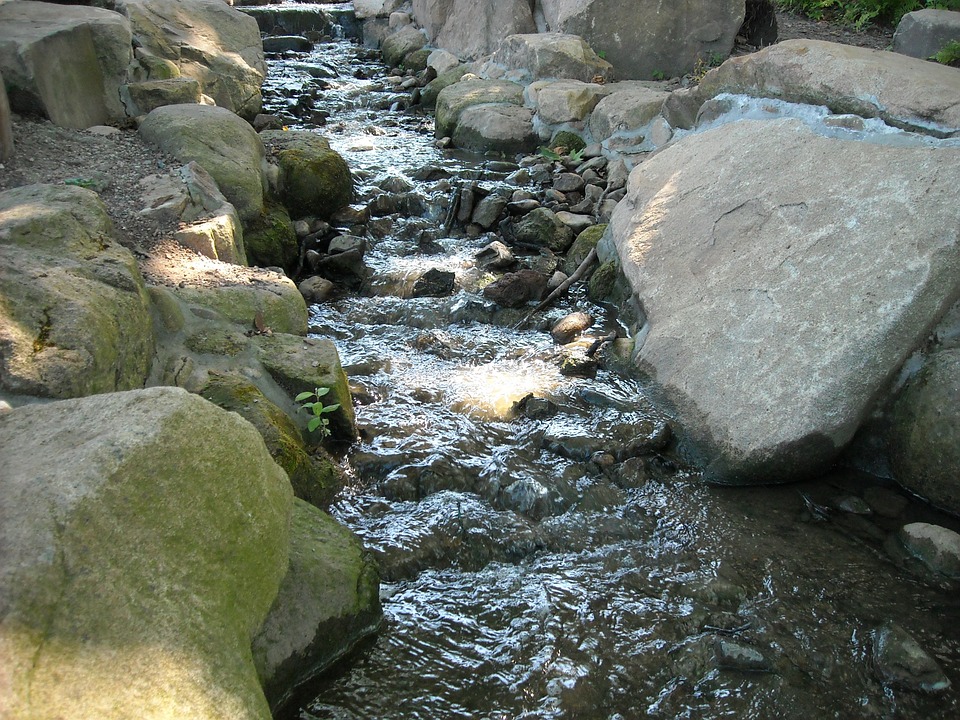
Chevron Corporation – Ecuador
Texaco and Gulf Oil began operating in the Oriente region of Ecuador in 1964 as a consortium. Texaco operated the Lago Agrio oil field from 1972 to 1993 and the Ecuador state oil company continued to operate the same oil fields after Texaco left. In 1993 Texaco was found responsible for dumping billions of gallons of toxic waste and they spent $40m cleaning up the area during the 1990s. In 1998 the Ecuadorean government signed an agreement with Texaco accepting the clean-up as complete and absolving Texaco of any further responsibility. In 1998 an Ecuadorean scientific team took water and soil samples after Texaco left and found petroleum hydrocarbons at unsafe levels in almost half. The clean up was called “a sham” by critics
In April 2015, AmazonWatch released videos reportedly sent from a whistleblower inside Chevron. The videos purportedly show employees and consultants finding petroleum contamination at sites in the Ecuadorean Amazon that the company claimed was cleaned up years earlier. These videos were confirmed as legitimate by Chevron legal counsel
Emergency tailing ponds
Emergency tailing ponds constructed in response to the 2015 Gold King Mine Spill, pictured on August 7
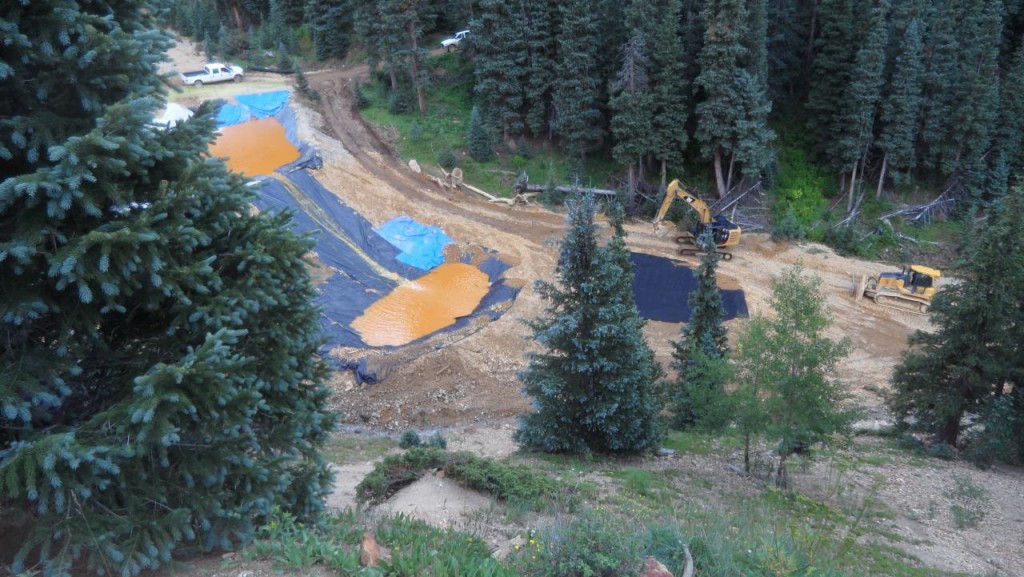
Environmental Damage of Mining
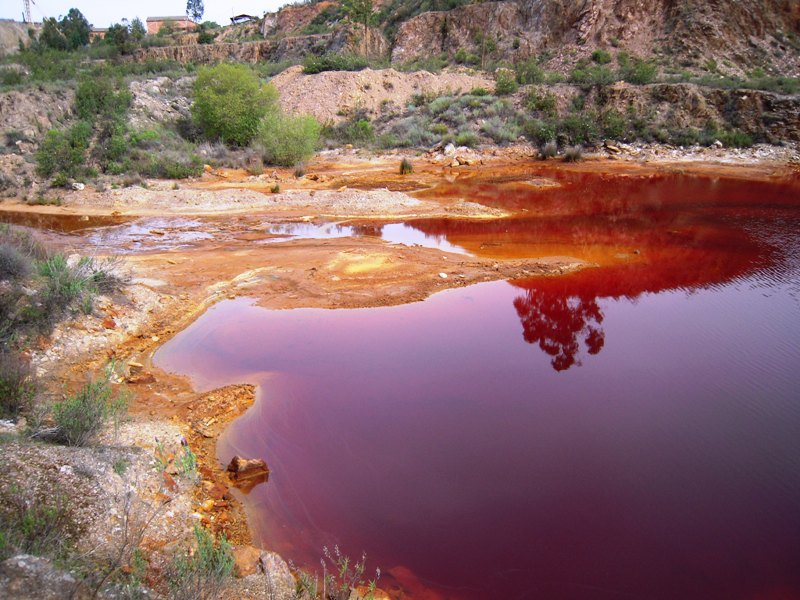
The environmental impact of mining includes erosion, formation of sinkholes, loss of biodiversity, and contamination of soil, groundwater, surface water by chemicals from mining processes. In some cases, additional forest logging is done in the vicinity of mines to increase the available room for the storage of the created debris and soil
Hydraulic Mining
Hydraulic mining, or hydraulicking, is a form of mining that uses high-pressure jets of water to dislodge rock material or move sediment.[1] In the placer mining of gold or tin, the resulting water-sediment slurry is directed through sluice boxes to remove the gold. It is also used in mining kaolin and coal.
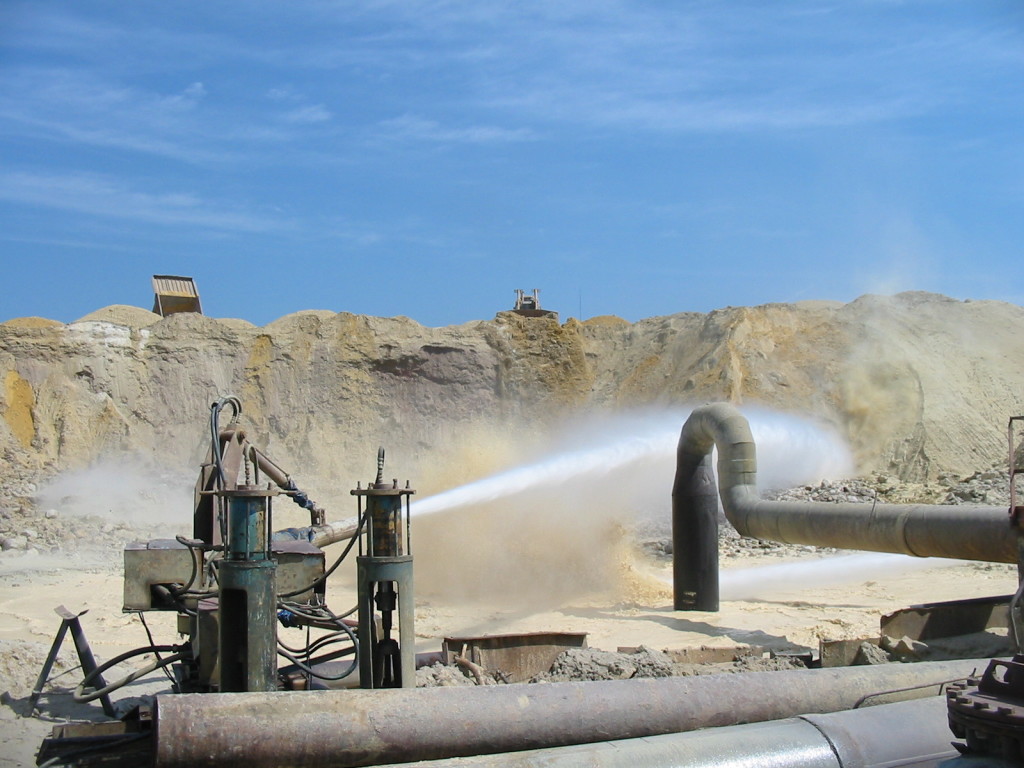
Derelict Mines Program
The Derelict Mines Program deals with legacy mining issues in NSW. The Program is administered by NSW Department of Industry, Division of Resources & Energy.
The program commenced in 1974 with the NSW Government allocating $125,000 to remediate derelict mine sites. For the 2015-16 financial year, $3.3 million is allocated to the Derelict Mines Program for works.
This program is imperative in keeping mines fenced and out of the way to reduce contamination / minimise the environmental impact of mining on the environment. This program has the support of landscaping companies like NSW Synthetic Glass
Brackish Groundwater
New coal seam gas developments in Queensland and New South Wales present major challenges concerning the large volumes of brackish groundwater that will be abstracted from the coal seams as part of the process. These are part of broader public concerns regarding the conflict of mining development with agricultural land use and lifestyle values of the affected regions. Worldwide, a new technology to extract methane from deep lying coal beds has led to unprecedented development in areas previously not viable for economic exploitation. Queensland holds exceptionally large reserves of coal seam gas.
Rio Tinto River
Acid mine drainage from the mines leads to severe environmental problems due to the heavy metal concentrations in the river. In 1873, the multinational Rio Tinto Company was formed to operate the mines; by the end of the 20th century it had become one of the world’s largest mining companies, although it no longer controls the Rio Tinto mines; these are now owned by EMED Mining plc.
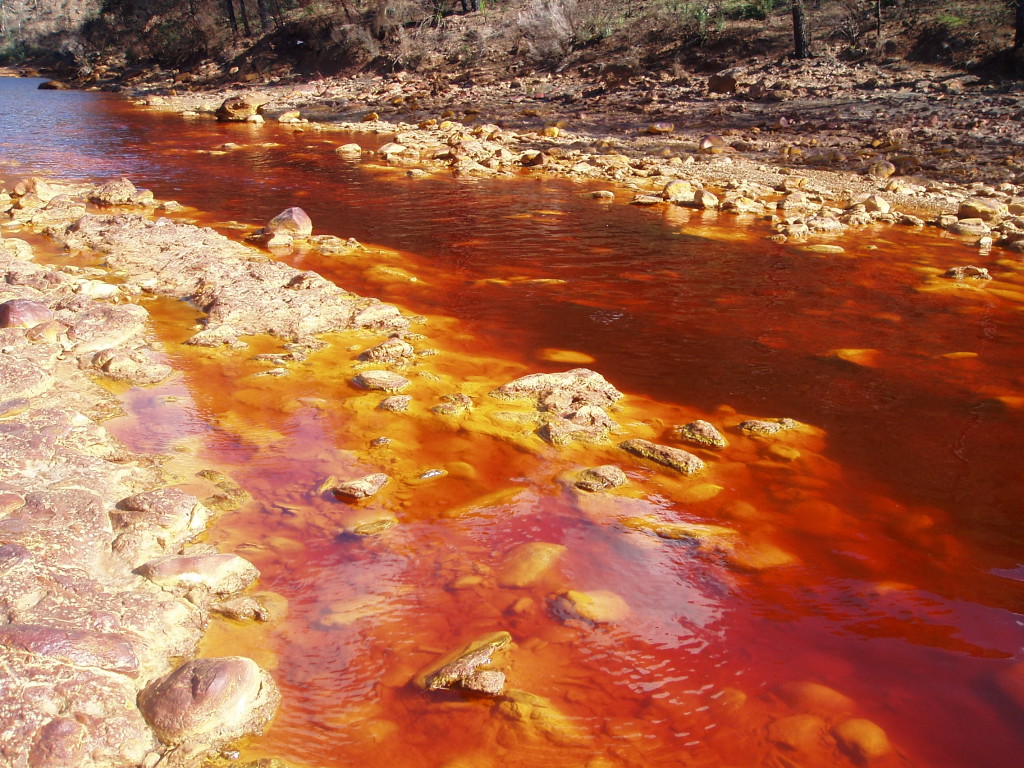
Acid Mine Drainage
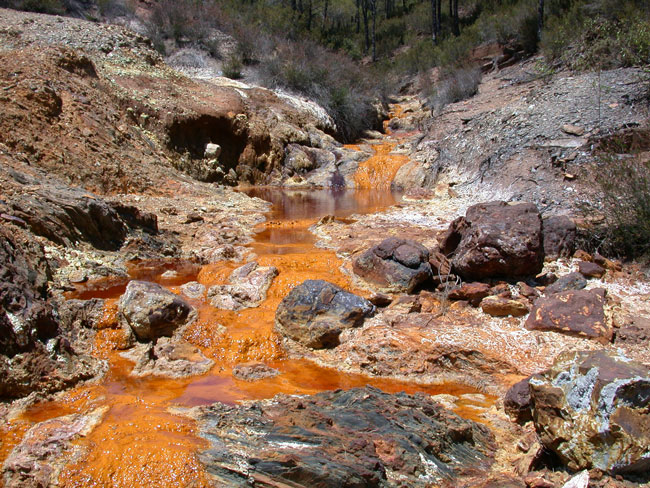
Acid rock drainage occurs naturally within some environments as part of the rock weathering process but is exacerbated by large-scale earth disturbances characteristic of mining and other large construction activities, usually within rocks containing an abundance of sulfide minerals. Areas where the earth has been disturbed (e.g. construction sites, subdivisions, and transportation corridors) may create acid rock drainage. In many localities, the liquid that drains from coal stocks, coal handling facilities, coal washeries, and coal waste tips can be highly acidic, and in such cases it is treated as acid rock drainage.